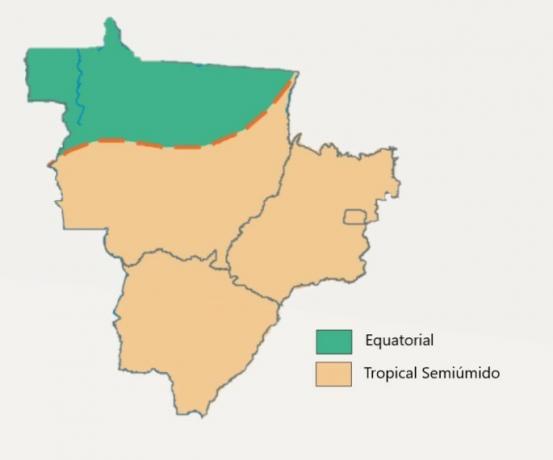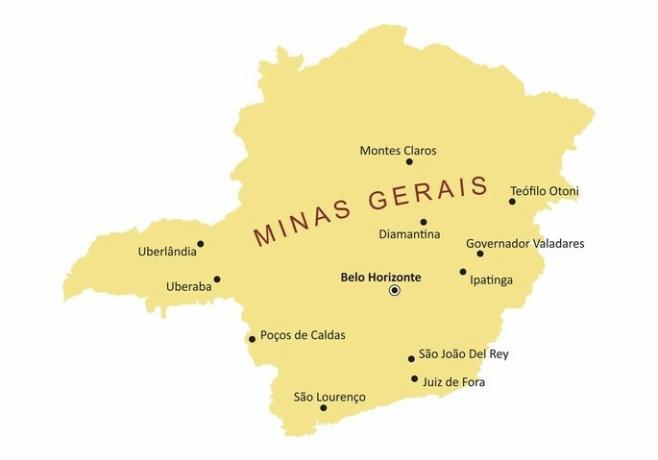question 1
“The southwest region of Rio Grande do Sul, on the border with Argentina and Uruguay, has an extensive range of sandy soils susceptible to erosion, with severely degraded sites. These soils have low clay and organic matter content, low levels of fertility and a low degree of aggregation - characteristics related to the geological material and the processes of evolution of geomorphic surfaces and the reworking of sediments […]. The main factor that favors the establishment of degradation processes is the loss of vegetation cover, exposing the sandy material to the incidence of erosive agents”.
ROVEDDER, A. P. M.; ELTZ, F. L. F.. Revegetation with cover crops in soils under wind erosion in Rio Grande do Sul. Rev. Bras. Science Ground, Viçosa, v. 32, no. 1, p. 315-321, Feb. 2008 (adapted).
Improper land use, associated with the natural susceptibility of soils in the area presented by the text, causes problems relating to:
a) desertification
b) salinization
c) contamination
d) sand
e) hydromorphism
question 2
The map below indicates the areas with the highest incidence and risk of desertification in Brazil.

Indicative map of areas susceptible to desertification in Brazil
MMA, Secretariat of Water Resources. Atlas of areas susceptible to desertification in Brazil. Brasília: MMA, 2007. p.15.
In addition to incorrect land use, the main natural factor responsible for the concentration of the phenomenon in question is:
a) the presence of xerophilic vegetation
b) the high evaporation rate
c) the excess of microorganisms
d) the accentuated acidity of the terrain
e) the high incidence of leaching
More questionsIn this video class, we will see a brief review of the equilateral triangle in Enem, focusing on the relationships between area, height, apothema and radius.
Society and the environment are central concepts in sociology. Learn in this video class this relationship and how it permeates human action.


